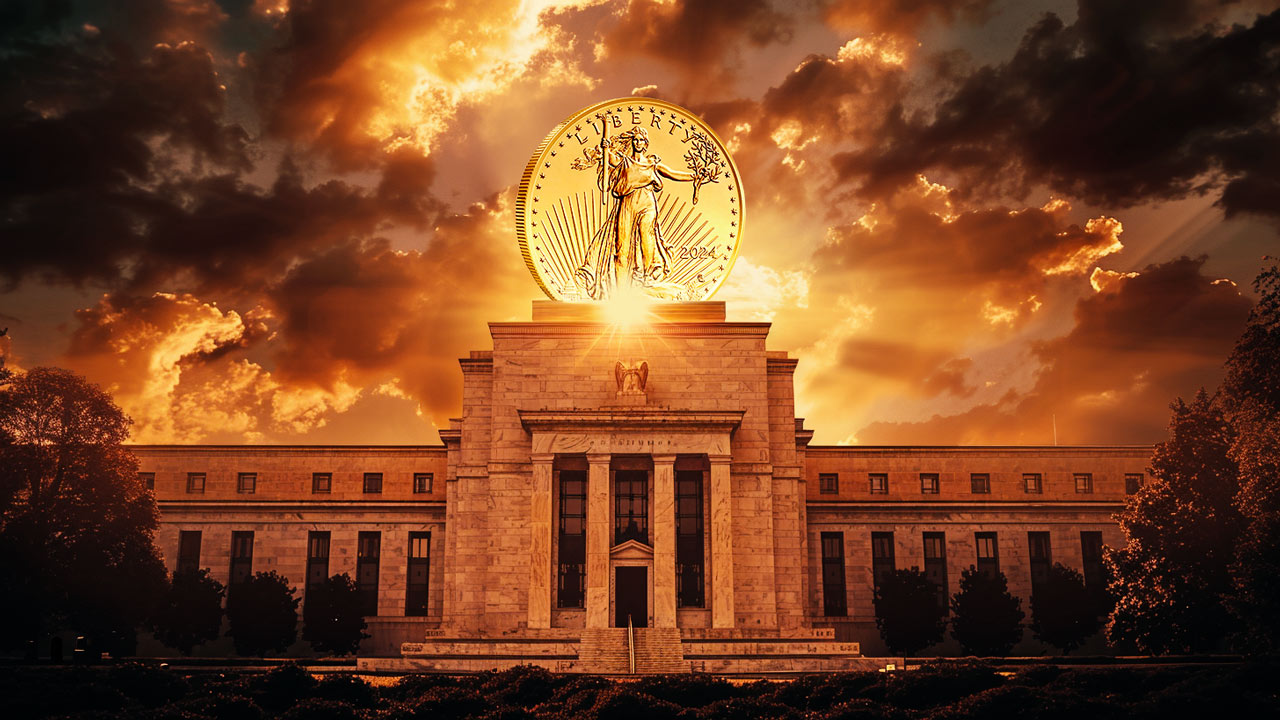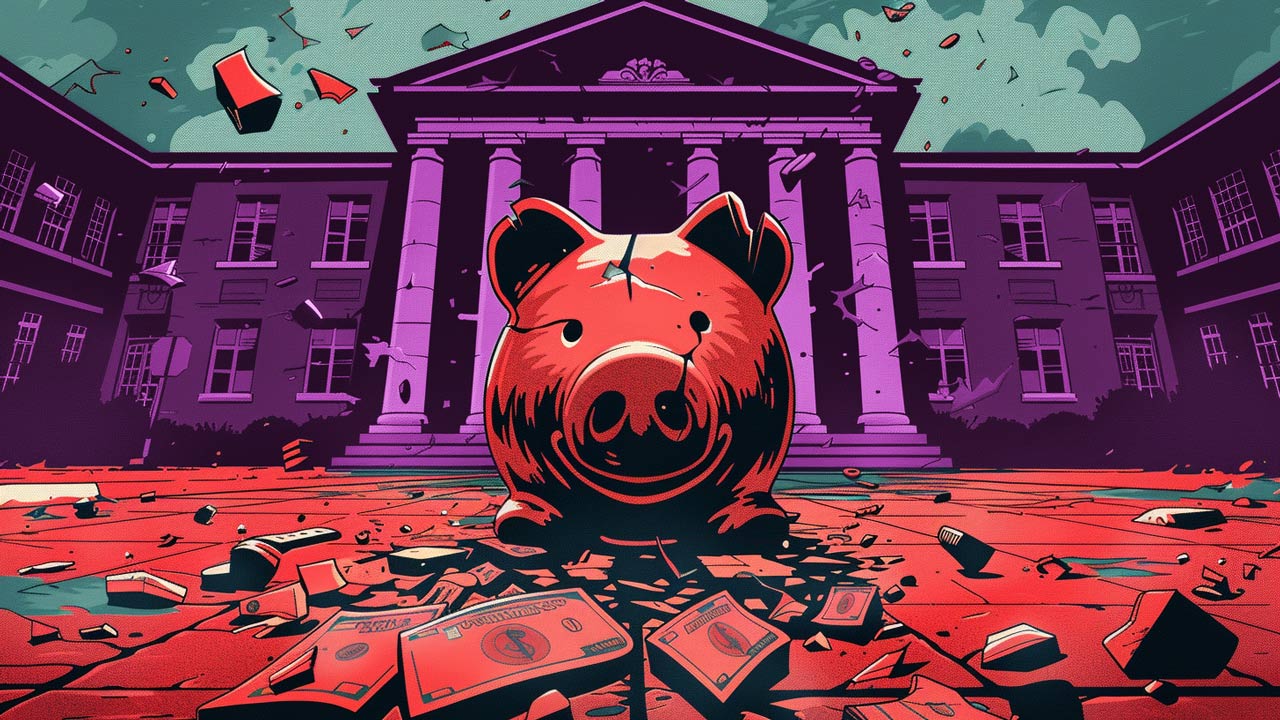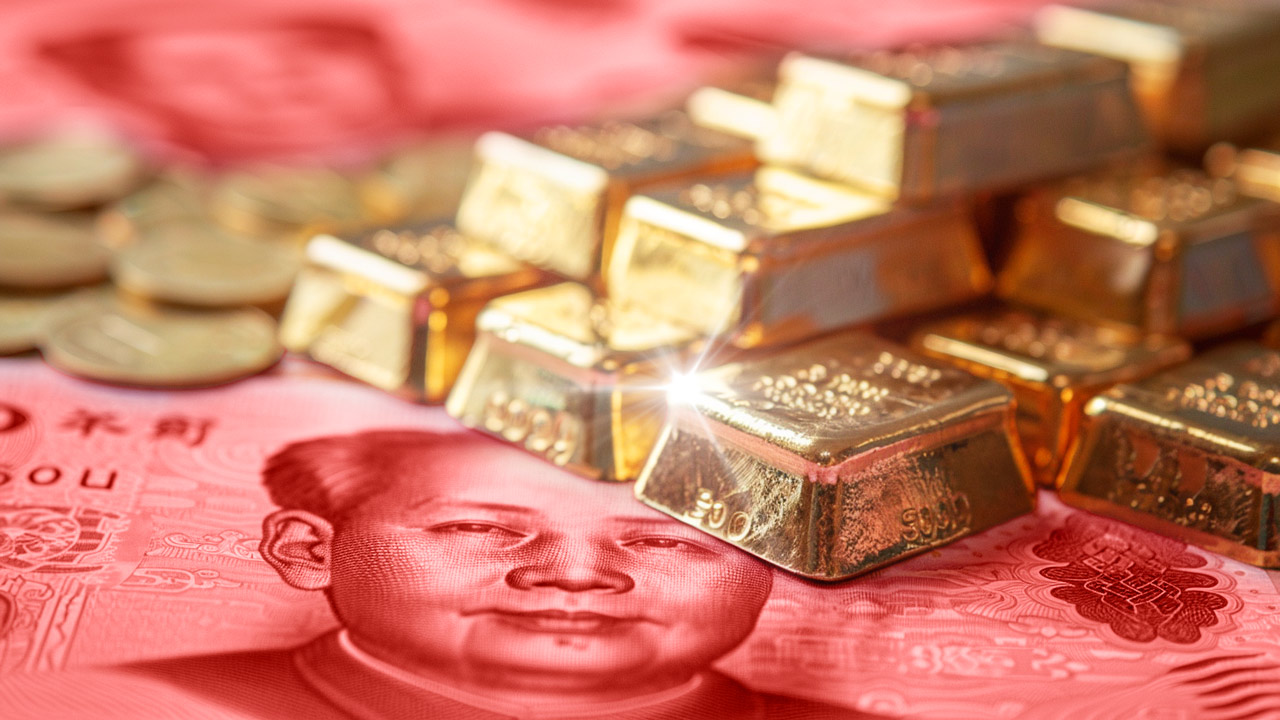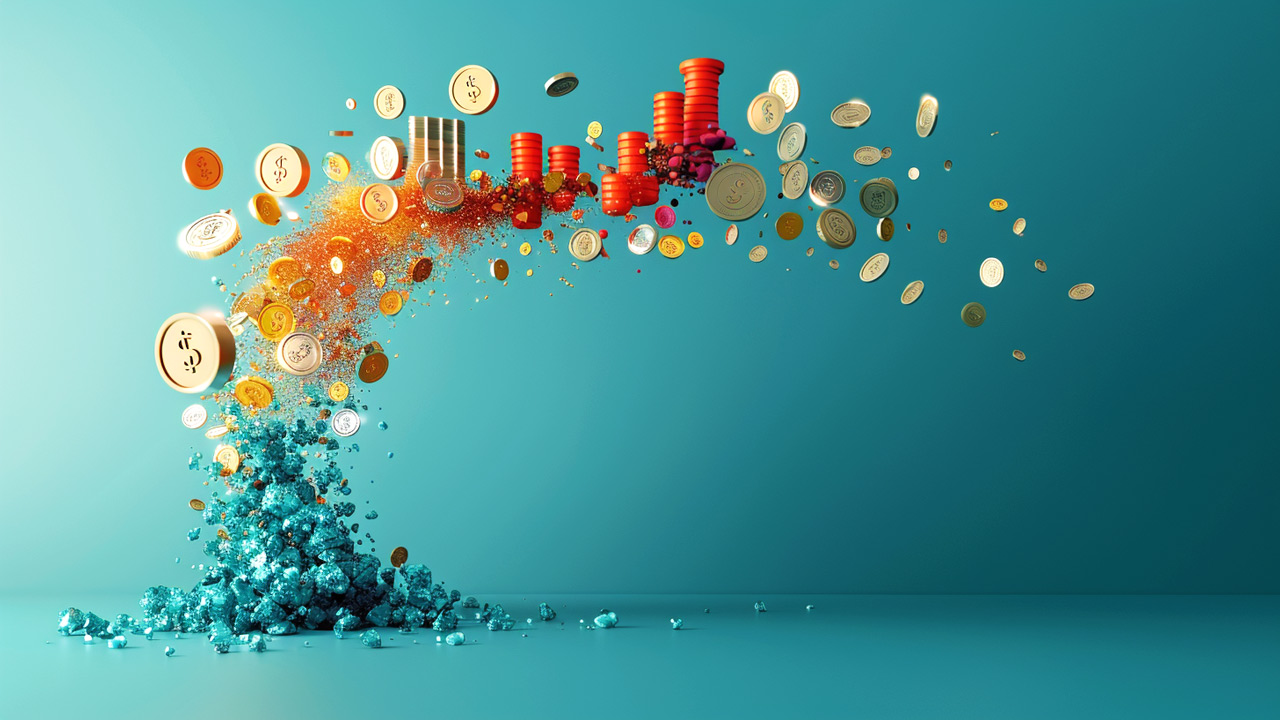Smart Buyers Know the Bid Before Buying
 This article was submitted by Joel Bauman, SchiffGold Precious Metals Specialist. Any views expressed are his own and do not necessarily reflect the views of Peter Schiff or SchiffGold.
This article was submitted by Joel Bauman, SchiffGold Precious Metals Specialist. Any views expressed are his own and do not necessarily reflect the views of Peter Schiff or SchiffGold.
One of the wisest questions any potential buyer can ask before they purchase an asset is, “How much would I receive if I sold this asset or product today?” In other words, “What is the bid on this asset?” Answering this one question alone can save an individual from making a foolish purchase.
Wise buyers understand the fundamental dynamics of the market. They are aware there is no single price for any product or asset. Instead, there is an “ask” price and a “bid” price.
The “ask price” (aka the “offer”) is the lowest price a prospective seller is willing to accept. The bid price is less intuitive. The bid is the highest price a prospective buyer is willing to pay for a product or asset.
Dealers create a market by simultaneously acting as sellers and buyers. Dealers earn a profit via buying an asset at the bid price and selling at the ask price.
Here is an example of a dealer quoting the bid and ask price for a contract of the Dow Jones Industrial Average also called “the Dow”:
The Dow
Bid Price: $19,934.70
(Spread: $6.00)
Ask Price: $19,940.70
With this dealer, an individual may buy a contract representing the Dow at the asking price of $19,940.70. They may also sell that same contract at the bid price of $19,934.70. The buyer also knows the difference between the bid and the ask, which in this example is $6.00 (calculated by $19,940.70 – $19,934.70). This difference is called “the spread”.
With knowledge of the spread, a prospect buyer knows their nominal breakeven level. Assuming the spread stays constant, it’s necessary for the Dow to appreciate at least $6.00 for a buyer to break even. This is a reasonable spread since to cover the spread the Dow only needs to move three-hundredths of a percent (00.0033%), a very small amount.
If the spread is high, then the buyer should be alert. For example, some numismatic coin dealers sell Royal Canadian Mint 1/4oz gold Polar Bear coins, see below.
RCM 1/4oz gold Polar Bear coin
Bid Price: $301.20
(Spread: $96.47)
Ask Price: $397.67
The spread on this coin is $96.47. All else equal, this means the gold price has to rise by 32% to break even in nominal terms. Buyers of this coin dig themselves into a hole with such a terrible spread!
What stops a buyer from getting ripped off with a terrible spread? Competition does. While some unfair companies will try to swindle an unsuspecting buyer into a deal with a terrible spread, other companies do not. This is why it’s important to know and trust your dealer, and to always know the spread before buying. (For more info on the types of dealers who try and scam buyers read Peter Schiff’s “Classic Gold Scams” report).
When a product’s spread is high, regardless of the dealer, this implies the product or asset is illiquid. Usually, the smaller the spread the more liquid the asset, but this is not always the case. In conjunction with the spread, I recommend looking at the average daily volume traded.
Here is a real world example of a relatively illiquid asset with a small spread. When I look up the virtual currency Bitcoin on a dealer called Coinbase, the spread is sometimes less than a penny.
Bitcoin BTC
Bid Price: $921.761
(Spread: $0.008)
Ask Price: $921.769
(Average Daily volume approximately $200 million)
This spread of $0.008 is encouraging. Bitcoin’s spread is less than the first example showing a CFD contract for the Dow Jones. At first glance, Bitcoin appears to be extremely liquid.
After taking two minutes of research to look up Bitcoin’s average daily volume, one will find its volume to be approximately $200 million. This may sound like a lot but compared to other currencies it’s a drop in the bucket. The British pound/US dollar trades an average of $330 billion daily, the euro/US dollar trade $600 billion daily, and the US dollar/yen trades about $580 billion daily.
Additionally, I inspected Coinbase’s market depth showing the volume for these quotes. I found the bid/ask quotes listed above are for only one Bitcoin, which means there is only one Bitcoin offered at $921.769 and the exchange is willing to pay $921.761 for only one Bitcoin. This is nothing! Anyone trying to buy and sell more than one Bitcoin on Coinbase will certainly pay more than a $0.008 spread. The exact spread will depend on how much Bitcoin is being transacted and the other bids and offers on the exchange at the time of the transaction.
While Bitcoin lacks liquidity relative to other major currencies no one can deny liquidity hasn’t been growing. Year after year Bitcoin’s average daily trading volume is increasing.
This brings me to my final point, which is to pay attention to the historical trends in volume. If an asset has a history of irregular or nonexistent periods of high volume, be on guard! For an asset might be liquid today but not tomorrow. Five minutes of research would have alerted any potential home buyer that the real estate boom of the 2000s was an unprecedented anomaly.
So before buying a car, stock, bonds, currency, or gold product know both the offer and the bid. The knowledge of the bid-ask spread, historical volume, and a little bit of common sense will protect buyers from life’s inevitable financial traps.
Get Peter Schiff’s most important Gold headlines once per week – click here – for a free subscription to his exclusive weekly email updates.
Interested in learning more about physical gold and silver?
Call 1-888-GOLD-160 and speak with a Precious Metals Specialist today!





 Decades of negative interest rate policy in Japan have ended. That could mean the end of the $20 trillion “yen carry trade,” once one of the most popular trades on foreign exchange markets, and a chain reaction in the global economy. The yen carry trade is when investors borrow yen to buy assets denominated in […]
Decades of negative interest rate policy in Japan have ended. That could mean the end of the $20 trillion “yen carry trade,” once one of the most popular trades on foreign exchange markets, and a chain reaction in the global economy. The yen carry trade is when investors borrow yen to buy assets denominated in […] With a hot CPI report casting a shadow of doubt on the likelihood of a June interest rate cut, all eyes are on the Fed. But they’ve caught themselves in a “damned if they do, damned if they don’t” moment for the economy — and the news for gold is good regardless.
With a hot CPI report casting a shadow of doubt on the likelihood of a June interest rate cut, all eyes are on the Fed. But they’ve caught themselves in a “damned if they do, damned if they don’t” moment for the economy — and the news for gold is good regardless.  It’s no secret that the American public is wildly ignorant of many issues that are central to the success of our nation. Just a generation ago it would have been unthinkable that less than half of the American population could recognize all three branches of government. America is in most cases far less educated about its government […]
It’s no secret that the American public is wildly ignorant of many issues that are central to the success of our nation. Just a generation ago it would have been unthinkable that less than half of the American population could recognize all three branches of government. America is in most cases far less educated about its government […] In investing, “Buy low, sell high” is among the most well-known sayings, and generally, it’s good advice. But with gold still holding near its historic all-time highs, central banks led by China are bucking the classic adage and smash-buying more, buying the top to fortify themselves against a global monetary and financial blow-up.
In investing, “Buy low, sell high” is among the most well-known sayings, and generally, it’s good advice. But with gold still holding near its historic all-time highs, central banks led by China are bucking the classic adage and smash-buying more, buying the top to fortify themselves against a global monetary and financial blow-up. When John Bogle died in 2019, people around the world mourned. Bogle created the Vanguard Group and made the index fund mainstream. Index funds are investment vehicles that invest in a class of investments as a whole, rather than trying to predict what specific stocks or securities will do best. So an investor could invest in an […]
When John Bogle died in 2019, people around the world mourned. Bogle created the Vanguard Group and made the index fund mainstream. Index funds are investment vehicles that invest in a class of investments as a whole, rather than trying to predict what specific stocks or securities will do best. So an investor could invest in an […]